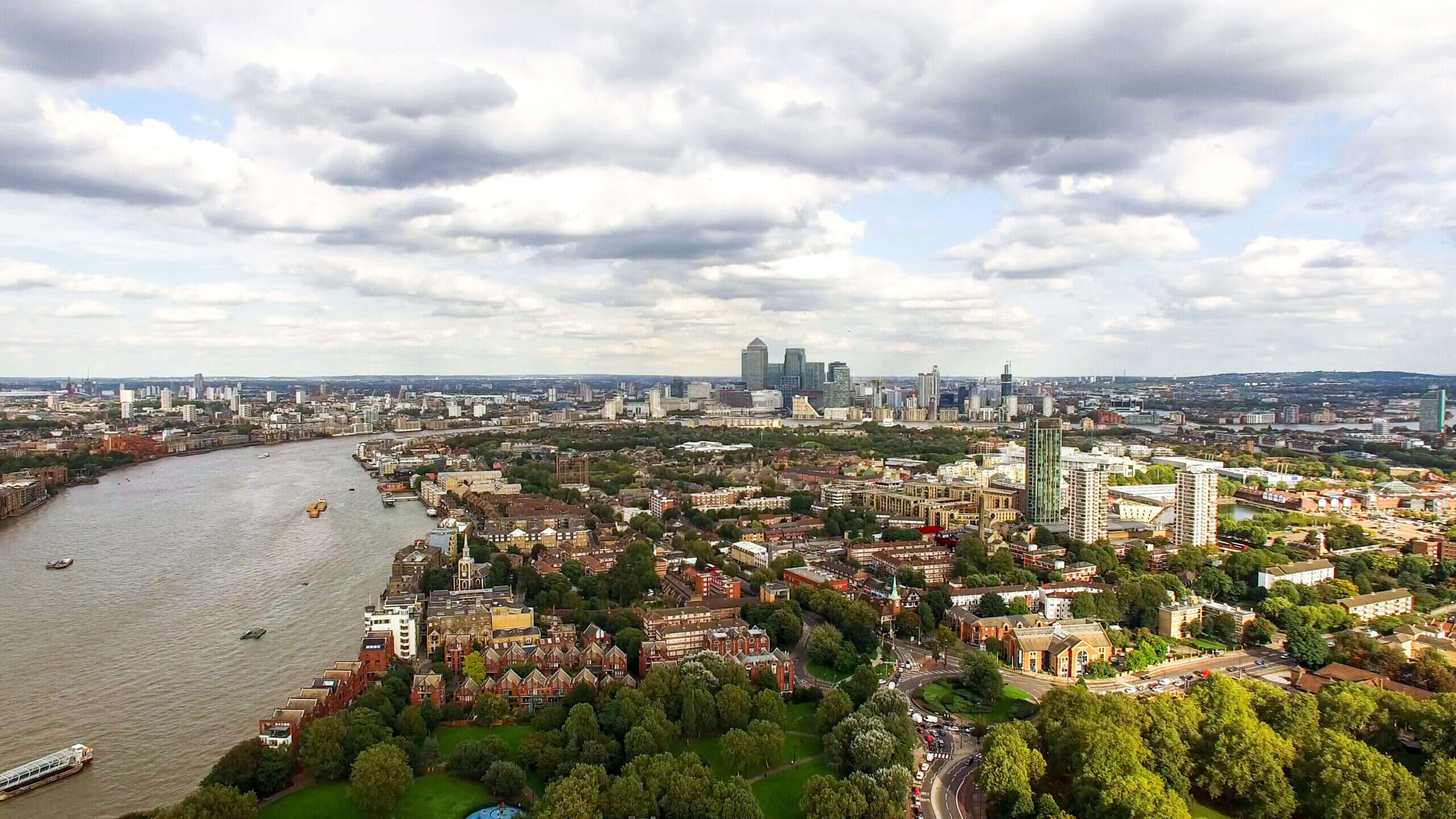
Although many communities are flocking to urban green space again as summer shines on the UK, experts say it’s important the conversation moves beyond just simply access, to improving the quality and provision of public green spaces so that they can meet the needs of their users.

On average across the UK, 88% of addresses have access to private outdoor space, but that statistic marks huge regional and community variation. Discounting the City of London, which houses a very small population, Tower Hamlets is the local authority with the least garden access, with 60% of houses having garden access, followed by Camden, Westminster and Southwark.
In fact, of the ten local authorities with the fewest homes with gardens, nine are in London. The tenth is Watford, joint with Manchester, where a fifth (21%) of addresses don’t have a private garden.
[Read more: People feel lonelier in crowded cities – but green spaces can help]
Of course, in cities this disparity is combatted by public parks: in London, there are on average five parks in every kilometre radius, while across the whole of the UK the average is just 2.4.
Tower Hamlets, the local authority with the least garden space, has almost 12 parks in every kilometre radius. In fact, every person lives on average 209m from a park.
But while Tower Hamlets has a large number of parks in close proximity, the high population means that the local authority still only has 6.6m² of urban green space per capita, one of the lowest in the country.
In Islington, the amount of urban green space works out at just 2.36m² per capita.
“So if we are all aware that one in eight people don't have access to a private garden, then parks and green spaces are even more important in those areas,” says Helen Griffiths, chief executive of Fields in Trust. “And you have to make sure that there is sufficient provision because you might be within a ten-minute walk to the green space, but that green space might be serving an awful lot of people because you're in a really densely populated area.”
[Read more: How children at urban schools can benefit from learning in nature]
This issue was put under the spotlight during the Covid-19 pandemic, explains Griffiths. As people were mandated to only socialise outside, parks and public green spaces became a meeting ground for groups from across all parts of a community. These spaces were stretched to capacity, not only in size but also in the diversity of uses they were required to meet.
“How do we make sure that all elements of our communities feel like those spaces are for them?” Griffiths says. “And that’s especially important in urban areas where we have more diverse communities and where we see spaces being used differently. [A] really interesting thing that came out of the pandemic was so many different groups and communities all using the same space.”
But for public green space to be able to meet the needs and standards of a community, it needs investment. Recent funding announcements for urban green space as part of the government’s Levelling Up agenda have a long way to go to make up for the severe decline seen over the past decade.
In their report “State of UK Public Parks 2021,” The Association for Public Service Excellence (APSE) found that one in ten UK parks is now in “poor” condition, more than double the proportion in 2016. Meanwhile, less than half of the UK’s parks are now in “good” condition.
And without intervention, this trend is unlikely to change drastically. APSE’s survey found that a third of UK parks’ condition is declining, up from less than a fifth in 2016. Of those respondents who said their park had declined in the past five years, 73% said their budget had been significantly cut in the time period.
“We need to make sure that those spaces are fit for purpose in every way, that they have proper management plans in place and that they can achieve the standards that they need to,” Griffiths says. “But I think it's really important that we have an expansive view of what quality means so that there are possibilities to do interesting and imaginative things within those spaces.”
Readers from England can use our interactive tool below to find out how much green space people have access to in your area – and how it compares with the rest of the country.
Interactive designed by Michael Goodier and Josh Rayman.






